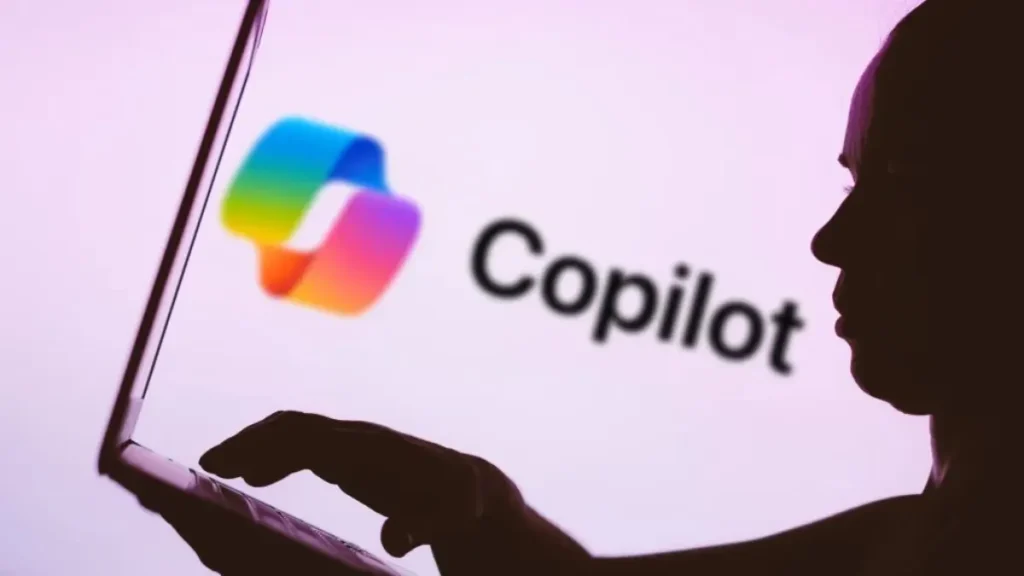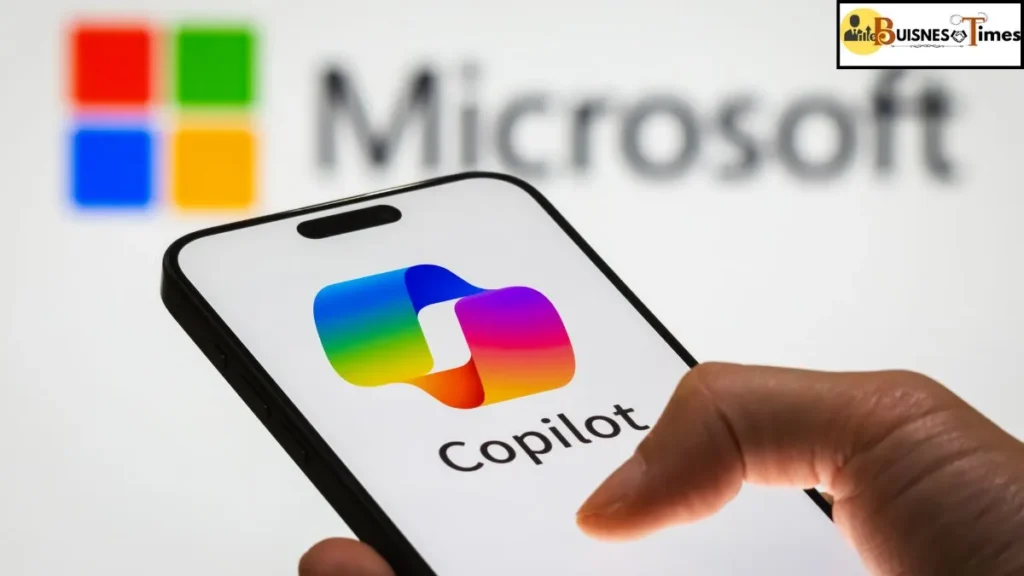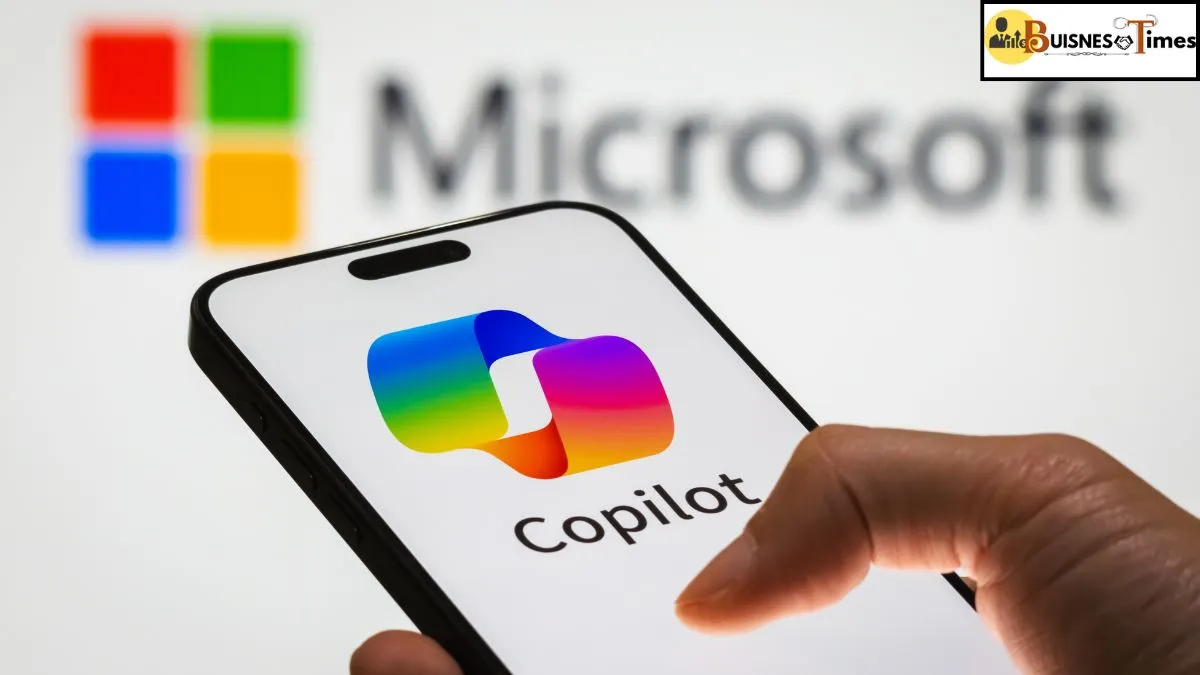In a move set to revolutionize 3D content creation, Microsoft has announced the launch of Copilot 3D, a groundbreaking AI-powered tool that can transform ordinary 2D photos into fully interactive 3D models — in just seconds. The new feature, part of Copilot Labs, promises to make 3D design faster, simpler, and more accessible than ever before, breaking down barriers that have traditionally kept casual users and beginners from exploring 3D modeling.

The timing of the release is no coincidence — the announcement came just a day after Microsoft rolled out GPT-5-powered Smart Mode for Copilot, signaling the company’s aggressive push to integrate advanced AI into creative, design, and productivity workflows.
Microsoft launches Copilot 3D, an AI tool that turns photos into 3D models in seconds. Free for some users — here’s how to try it and its key features.
What is Copilot 3D and How Does It Work?
Copilot 3D is designed to help anyone — from game developers to educators and hobbyists — quickly create 3D assets without needing years of design experience or expensive software.
Here’s how it works:
- Users simply upload a PNG or JPG image (under 10MB) to Copilot 3D.
- With a click of the “Create” button, the AI processes the image and generates a 3D version in just a few seconds to a minute.
- The output is provided in GLB format, a versatile and widely supported 3D file type compatible with most viewers, editing tools, and game engines.
This process, according to Microsoft’s documentation, is ideal for rapid prototyping, concept testing, and educational use — areas where traditional 3D modeling tools like Blender or Autodesk Maya can be overwhelming or time-consuming for new users.
Early Performance and Best Use Cases
Early testing by The Verge suggests Copilot 3D excels at converting clear, simple objects into 3D form. Everyday items such as chairs, coffee mugs, umbrellas, and even bananas yield impressive results. However, more complex subjects — like animals, intricate machinery, or highly detailed textures — may present challenges for the current AI model.

For best results, Microsoft recommends:
- Clear subject-background separation in the image.
- High-quality, well-lit photos with minimal visual noise.
- Avoiding overly complex or abstract shapes until the AI model improves.
These tips can dramatically improve the accuracy and realism of the generated 3D models.
How to Access Microsoft Copilot 3D
At present, Copilot 3D is free for a limited set of users, though Microsoft is expected to expand access over the coming months. Signing in requires a Microsoft or Google account.
To try it now:
- Open a desktop browser and visit Copilot.com.
- Click the sidebar button in the top-left corner.
- Navigate to “Labs”.
- Click “Try now” under Copilot 3D.
Once generated, 3D models are automatically saved to your “My Creations” page for 28 days, after which they are deleted from Microsoft’s servers. Users can export their models to Augmented Reality (AR) applications or download them for further editing.
Privacy, Security, and Terms of Use
Microsoft emphasizes that only upload images you own the rights to and avoid images of people to comply with its terms of service. Uploading illegal or prohibited content will be automatically blocked, and repeated violations could lead to account suspension.
Importantly, Microsoft confirms that user-generated 3D models will not be used to train its AI systems. This assurance addresses one of the most common privacy concerns surrounding generative AI tools — namely, that your creative outputs might be reused for model training without your consent.

Limitations and Future Updates
While Copilot 3D is a major leap forward in AI-assisted 3D creation, it currently comes with some limitations:
- Supports only PNG and JPG formats.
- File size capped at 10MB.
- Works best with simpler objects.
Microsoft has hinted that future updates may include:
- Support for more file formats.
- Increased file size limits.
- Enhanced AI capabilities for handling complex and organic shapes.
- Improved texture mapping for more lifelike 3D results.
Why Copilot 3D Matters
The launch of Copilot 3D fits perfectly into Microsoft’s broader vision of AI as a creative collaborator. Just a day before this launch, the company introduced Smart Mode in Copilot, powered by GPT-5, which improves contextual understanding and accuracy in AI conversations.
Together, these upgrades position Copilot not just as a text-based assistant, but as a multi-functional creative suite capable of serving designers, developers, marketers, and educators alike.
Potential Impact Across Industries
Analysts believe that Copilot 3D could have a transformative impact across multiple sectors:
- Gaming and AR/VR Development
- Game studios could speed up asset creation, especially for props and environmental elements.
- Indie developers with limited budgets can generate assets without expensive outsourcing.
- Product Design and Prototyping
- Designers can quickly visualize concepts in 3D before committing to manufacturing.
- Businesses can create interactive product demos for marketing.
- Education and Training
- Teachers can bring lessons to life by converting real-world objects into 3D for immersive learning.
- Students can explore 3D modeling without needing advanced technical skills.
- E-commerce and Marketing
- Retailers could showcase products in 3D for online shoppers, enhancing engagement and reducing returns.
By lowering technical barriers, Microsoft is opening up 3D design to a much wider audience, not just seasoned professionals.
Microsoft’s AI Momentum
The Copilot 3D launch is the latest in a series of AI advancements from Microsoft in 2025. Over the past year, the company has aggressively expanded AI integration into Windows, Office, and Azure services.
The addition of GPT-5 Smart Mode in Copilot now allows more context-aware responses, better reasoning, and improved adaptability to user needs. By pairing text-based intelligence with visual creativity tools like Copilot 3D, Microsoft is cementing its role as a front-runner in AI innovation.
Copilot 3D could be a game-changer for anyone interested in creating 3D models quickly, easily, and — at least for now — for free. While it’s not yet a replacement for professional-grade software, it fills an important gap: fast, accessible 3D content creation without the steep learning curve.
With AI continuing to reshape the creative landscape, Microsoft’s latest launch signals a future where design tools are as simple as uploading a photo — and creativity is limited only by your imagination.

